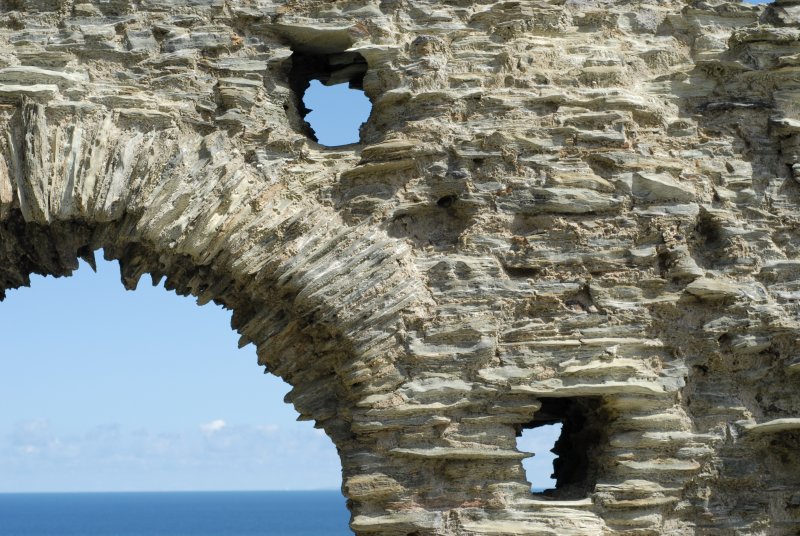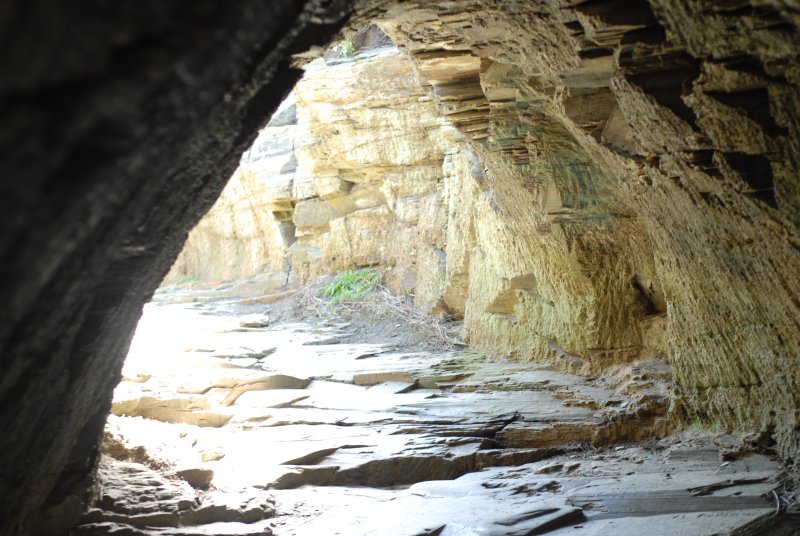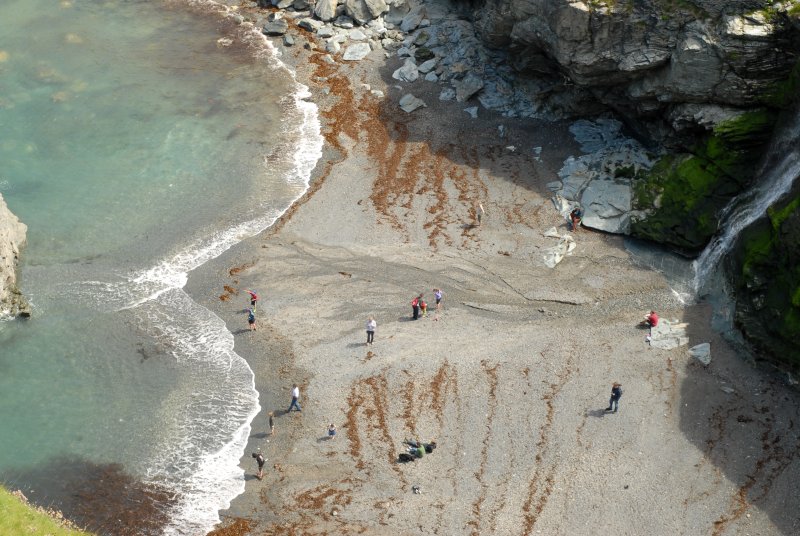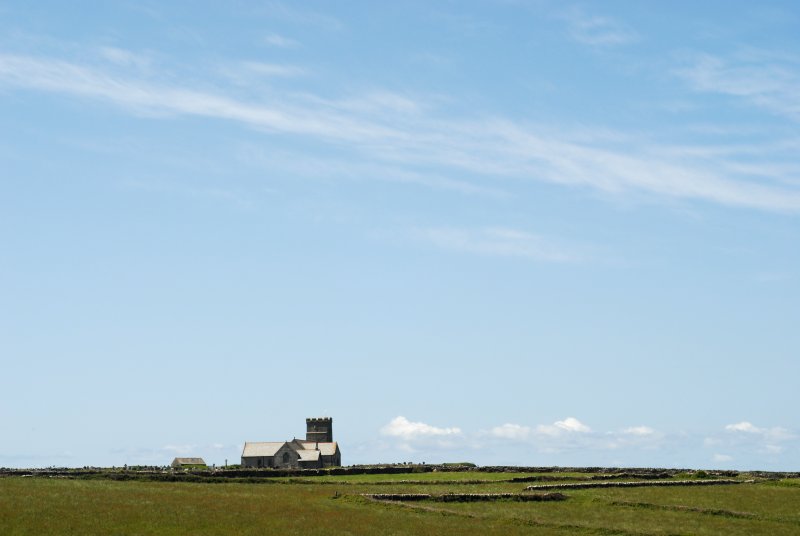Smoking
In which the office suddenly becomes a much busier place
Room 3B (the IT Office) is—as is standard practice for Room 3Bs and IT Offices, I think—located deep in a remote part of the Head Office building. Not many people pass our door, other than the people in the adjacent rooms. Not many people pop by to say hello, because our office isn’t exactly in a well-trafficked area, it’s not on a busy corridor. Sometimes this is a good thing. We don’t get disturbed much, when we’re busy.*
That’s all about to change. Tonight, the Upstairs Smoking Room closes, and we suddenly will be on a busy corridor—the direct route from most of the office to the new Outdoor Smoking Area—or, the bike shed, as it’s also known. To be fair, it was built specially for the new workplace smoking law. On the other hand, it is definitely a bike shed; there’s a bike rack in it.**
Some of the management are a bit unhappy about this. Not because it might mean extra fraternisation with the IT department, but because of the distance involved, crossing from one side of the building to the other to reach the Outdoor Smoking Area. It might mean smoking breaks being extended by a whole 2 minutes or so, just to cross the office. Me, I don’t particularly care; although if people are going to pass by and say hello more, it can’t be a bad thing.
* Although, of course, you can guarantee that when we do get interrupted, it’ll be when we are busy.
** Update, August 28th 2020: A couple of years after writing this, I came across a copy of the official regulations for what counts as an enclosed area for the purposes of the English smoking-at-work laws, and discovered that in actual fact the smoking-shelter-cum-bike-shed wasn’t actually legally usable as a smoking shelter at all. It had three full-height sides, and therefore in law counted as an enclosed area with no smoking permitted. So there you go.

 Home
Home






 Newer posts »
Newer posts »